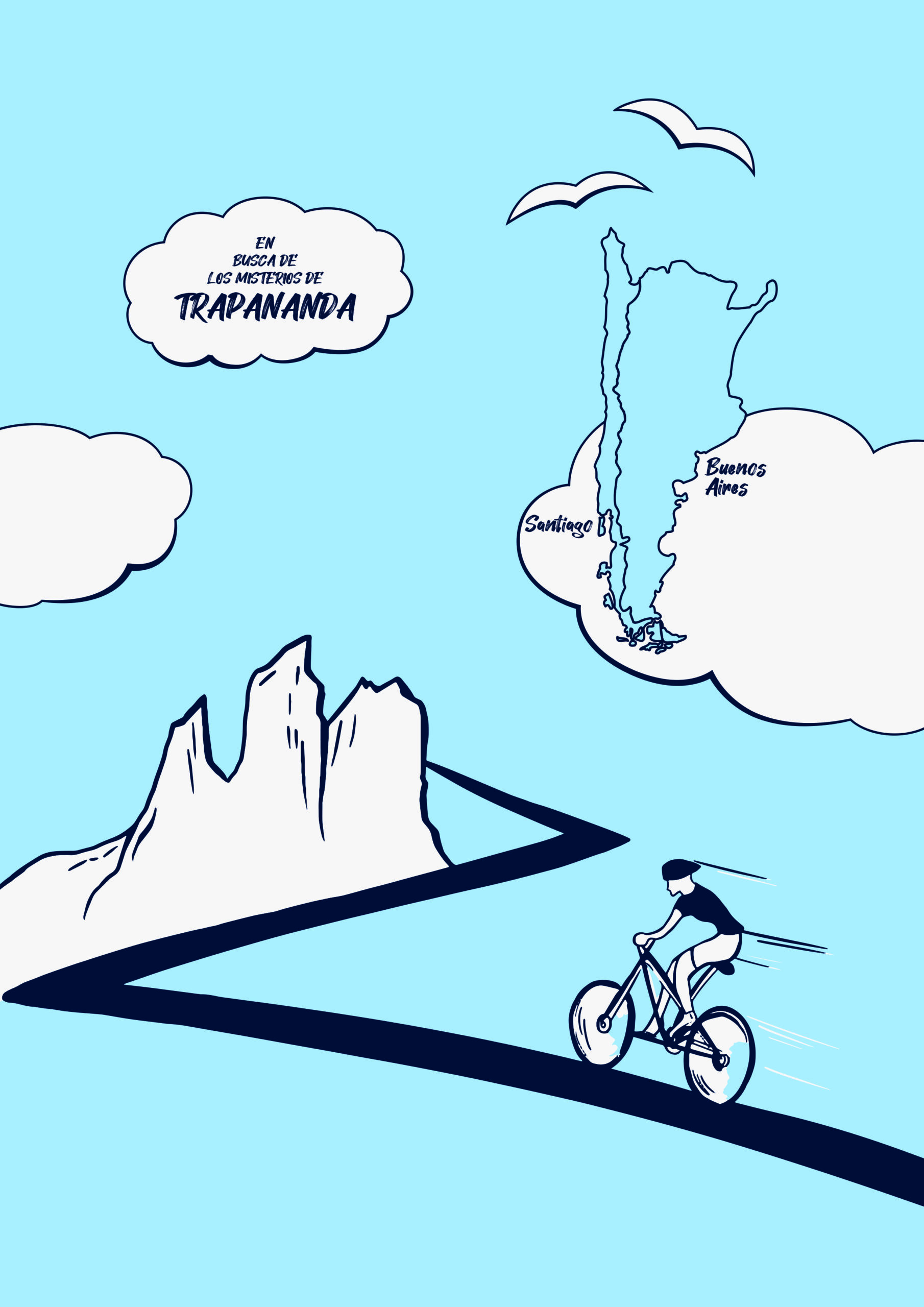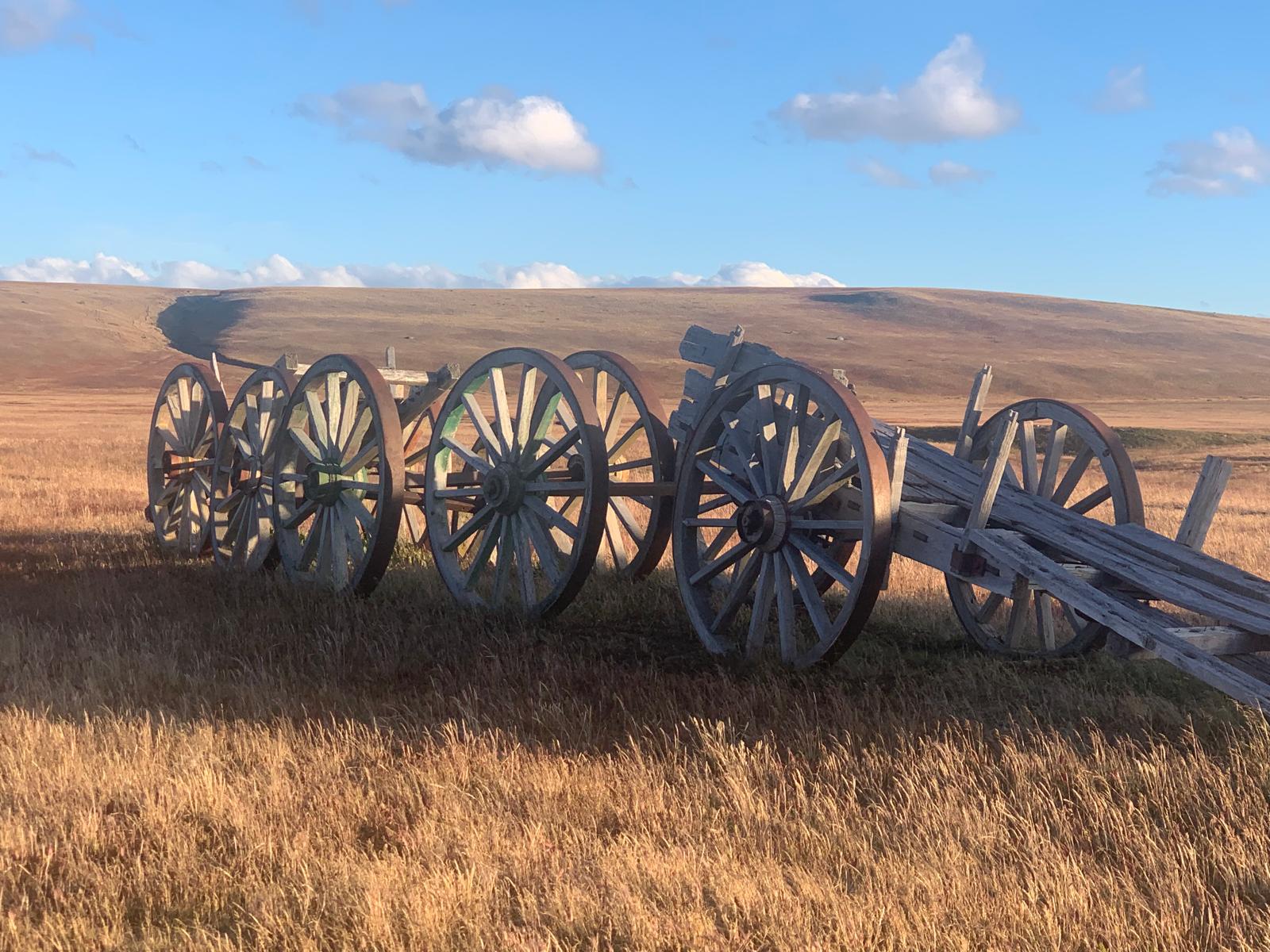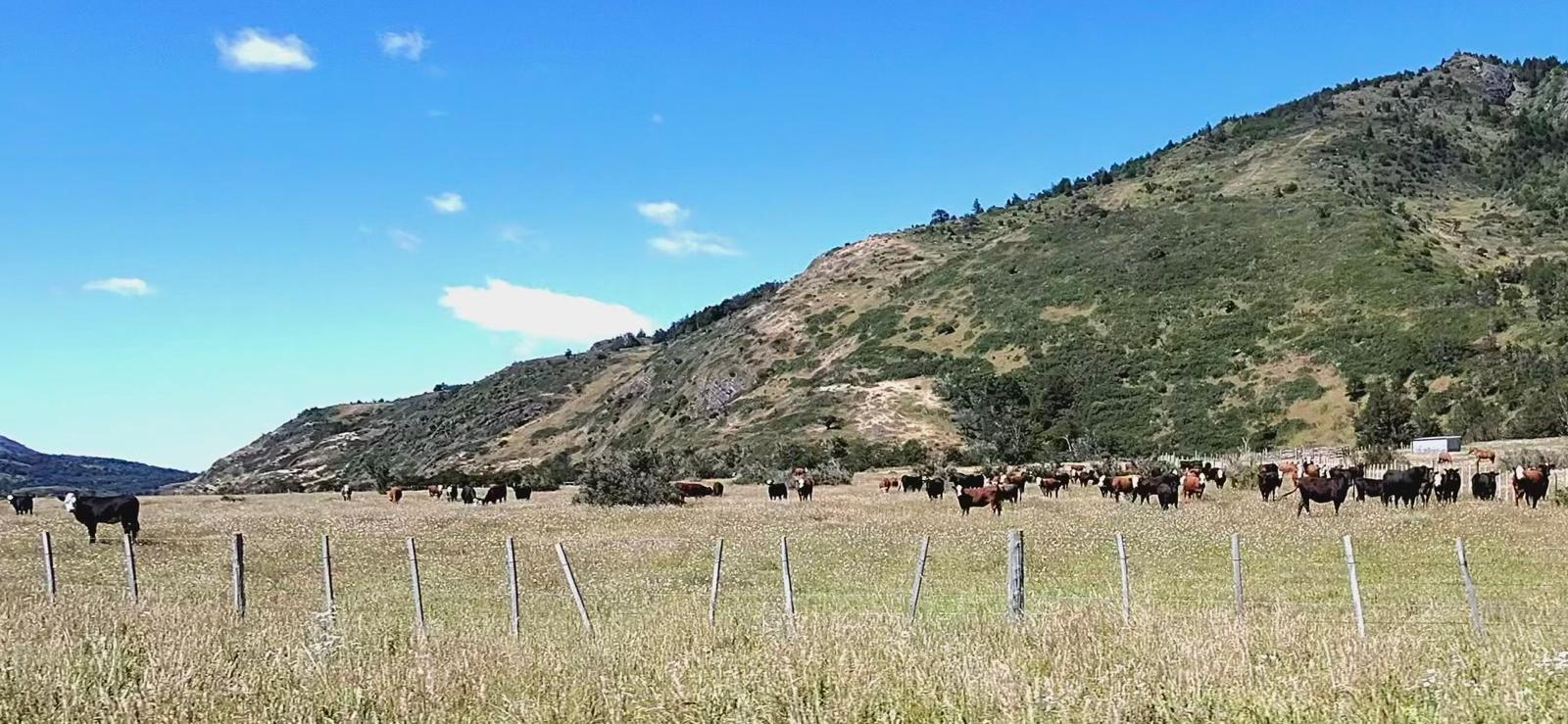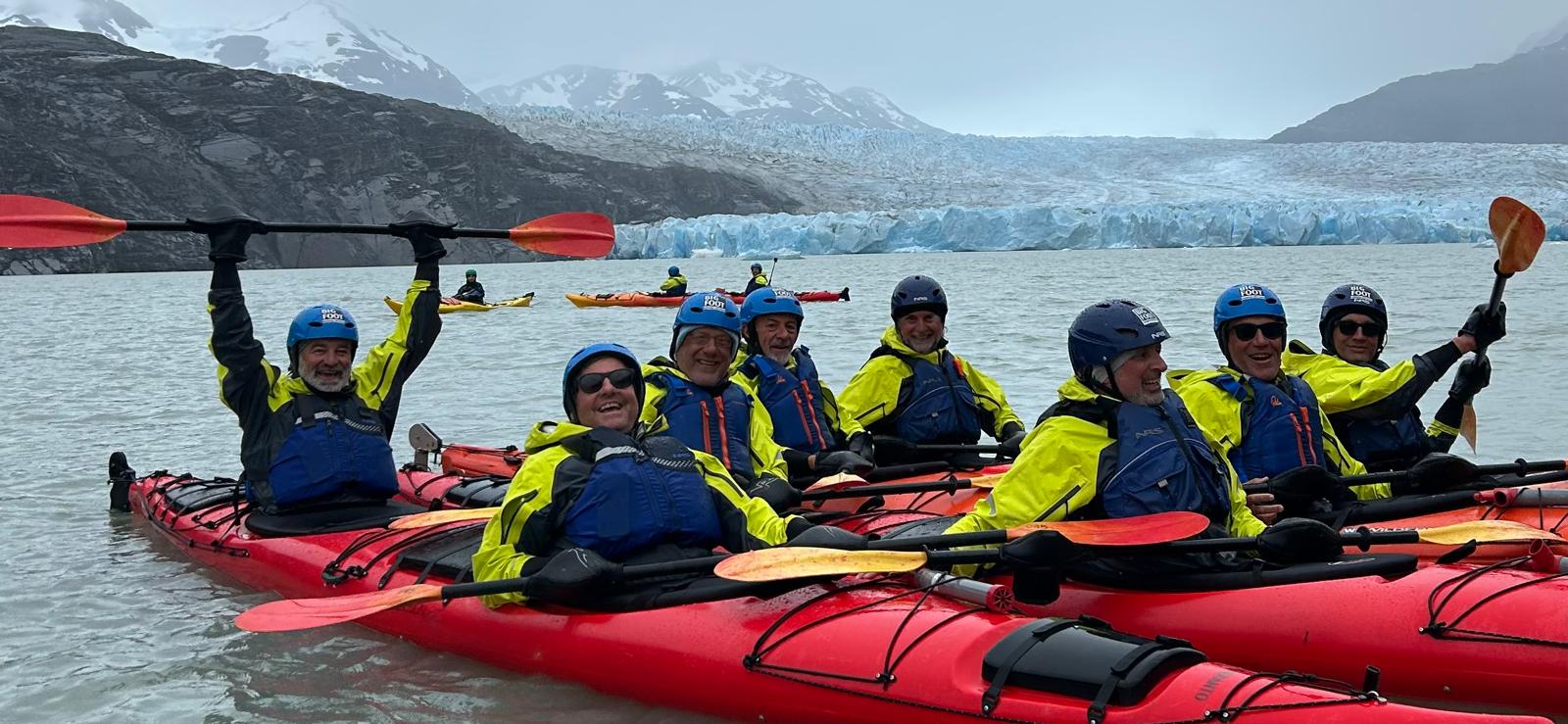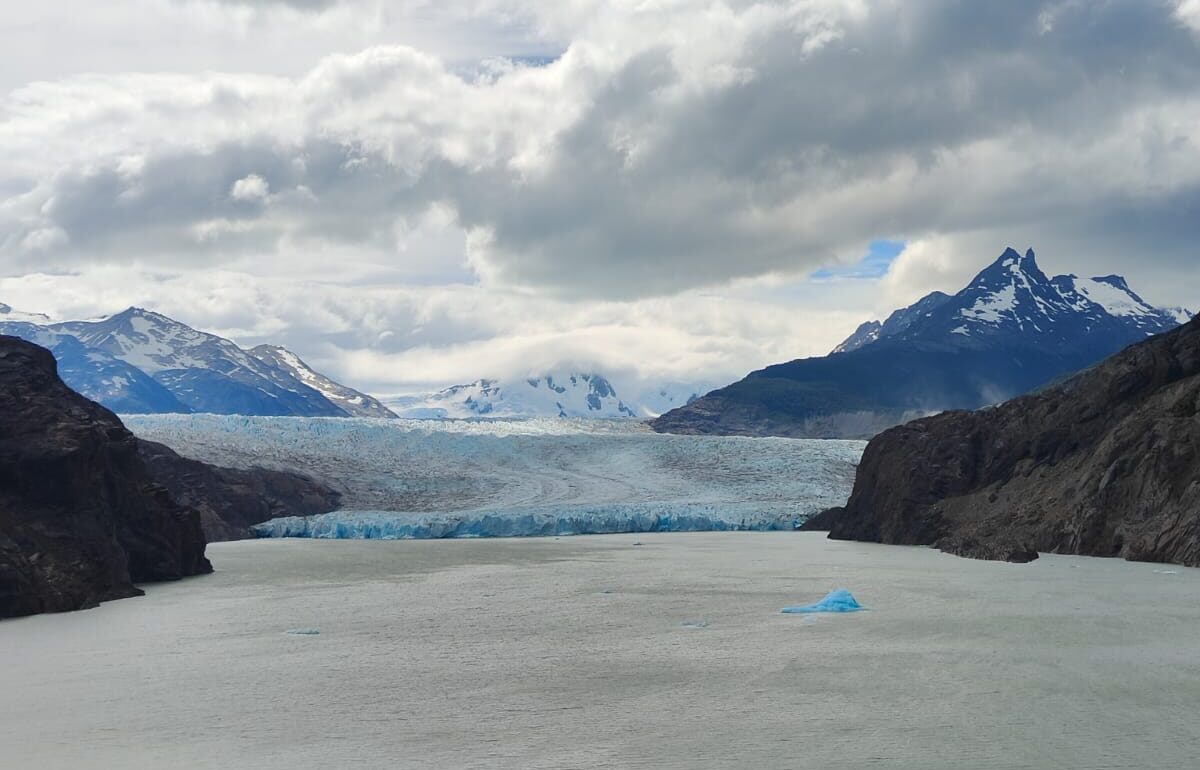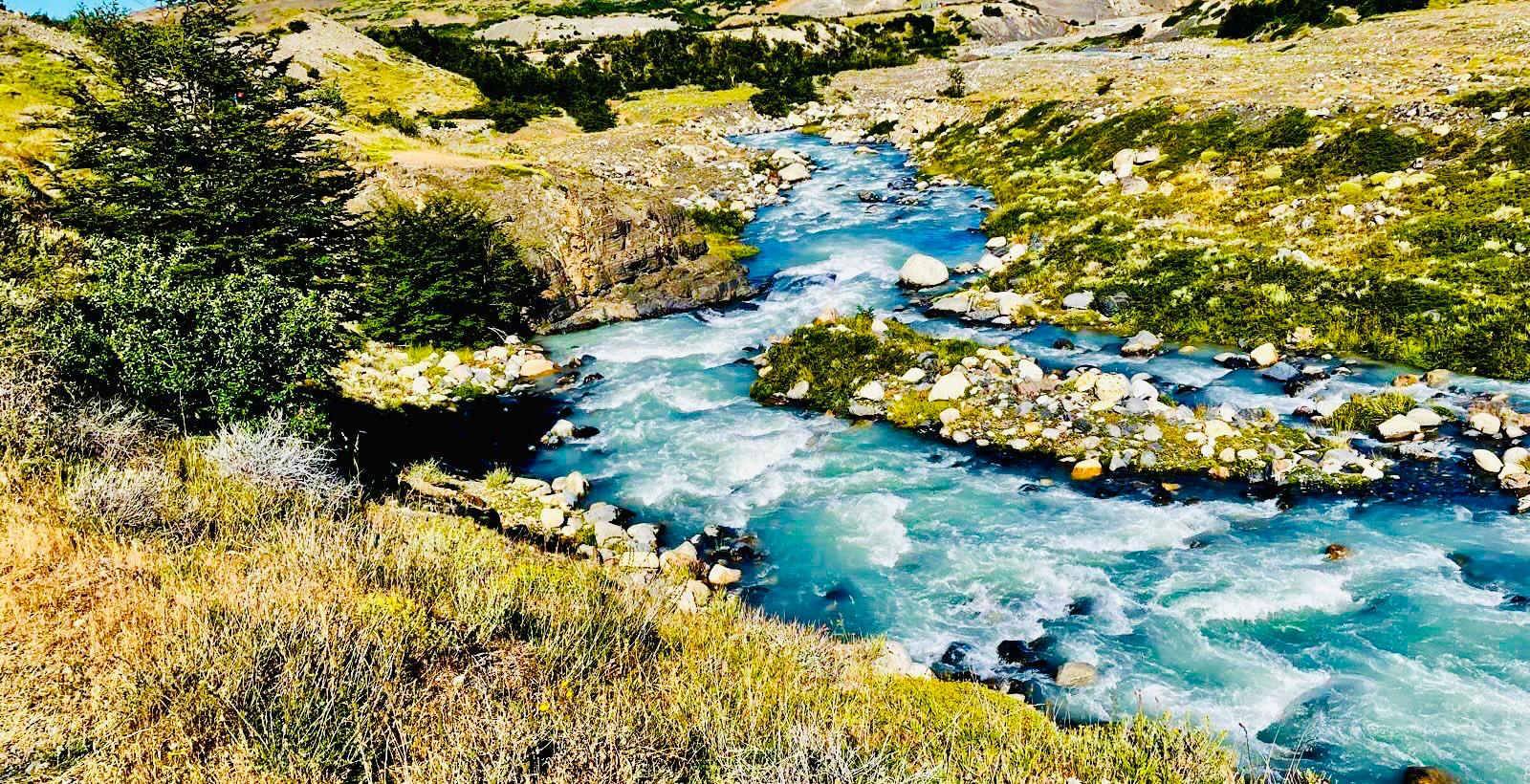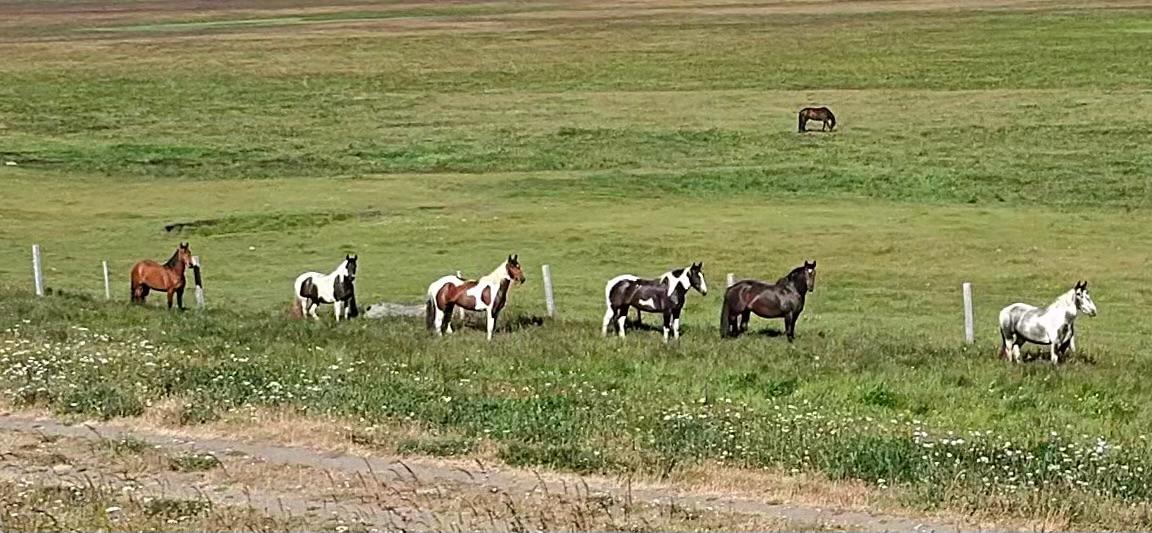THE TEAM
We are a team of six lifelong friends passionate about cycling who have decided to embark on an adventure, biking through Chile and Argentina in search of Trapananda.
Who are we? Let us introduce the team in alphabetical order: Alberto (or Alberto), Antonio (or Tony, Turi, Liz), Fabio (or Fabio), Nicola (or Nik), Pierluigi (or Gigi) and Stefano (or Ste, Sbo).
What is Trapananda?
Trapananda is a legendary city hidden in a remote and unexplored corner of the Chilean Patagonia.
It is a land rich in treasures, concealed among glaciers, rivers, and forests… The legend dates back to the early 1600s: Trapananda (or the City of the Caesars) was a mythical lost city believed to be located on an island in the middle of an Andean lake, somewhere south of Valdivia, in Chile, or somewhere in Patagonia. Its reputation as a place of immense wealth turned it into the “holy grail” for treasure hunters, sparking endless quests over the centuries.
We, too, have decided to set off to find “our” Trapananda: on this blog, we will share our journey in stages, which will take us approximately 7,300 km by bike.
Come along with us!
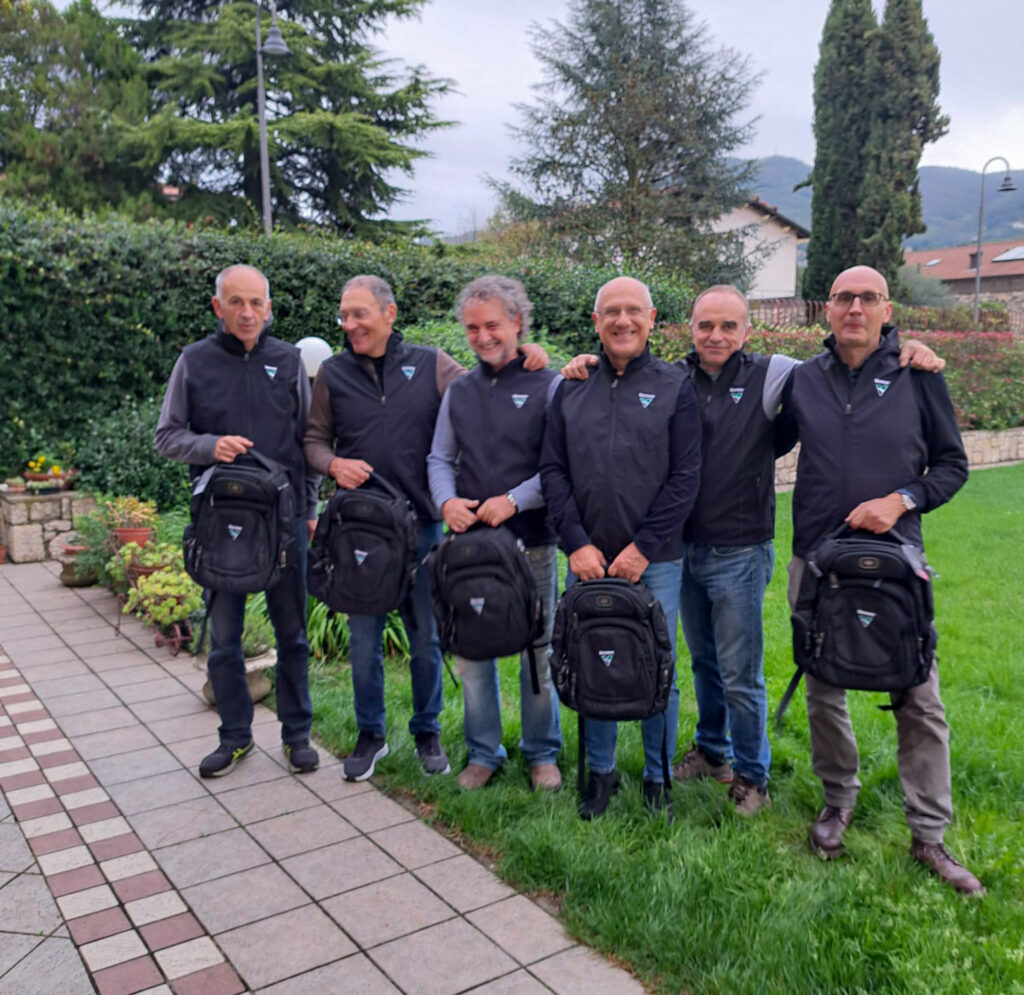
OUR STAGES
First stage
Route from Puerto Montt to Punta Arenas – approximately 2,700 km through Chilean Patagonia and a section of Argentina
Second stage
Route from Porvenir to Ushuaia – 500 km in Tierra del Fuego
Third stage
Route from Ushuaia to Buenos Aires – 4,100 km along the famous Ruta 40 in Argentine Patagonia
QESTIONS ABOUT THE ADVENTURE
How long did it take you to organize this trip?
Let’s say we got the idea two years ago, obviously the planning has not been continuous, but with even more deep researches and sharing with the whole group. Anyway, the plan of the trip is updated every day.
I have heard that the Carretera Austral is almost all paved, and even where it is not, it is easy to bike. Can you confirm this? (from Stefano)
Dear follower,
the first meeting with the ripio, right after you arrive with the ferry that takes you from Hornopirén to Caleta Gonzalo, is quite “hitting”. The road is quite in a bad state and there are many big pebbles that do not ease the ride.
From here onward, up to Puerto Higgins, the road is almost totally umpaved for the remaining 1000 km. It is true that there are many sections where there are projects going on to pave the way, but these sections are the most difficult ones because rather than “regular” unpaved road we find many pebbles that are not stabilized.
We don’t think that these projects are going to be completed shortly, also because here, life goes on at a different pace and the ripio allows the people to move in a way that is fast enough for their needs.
To sum up: for us, travel from 60 to 100 km per day is a big effort, mainly because of the bad conditions of the roads.
Is it easy to find places where to sleep or it is better to carry a tent? (from Noé)
Thank you for the question, Noé.
You can find many cabánas, estancias, hostales along the way. Some of these are essential, others are more comfy. Sometimes it takes to ride 100 km to reach the next one. All of them have Wi-Fi (only once it was not available). Some of them also provide breakfast.
This is going to change south to O’Higgins and we will sleep some nights (2-3) in the tent.
What was the moment you realized that crossing Chile by bike was the perfect adventure for you? (from Francesca)
We realized very early on that the bicycle was the perfect way to experience Patagonia intensely.
Patagonia, with its vast plains, towering mountains, and endless horizons, invites a slow and contemplative pace of life, perfectly in tune with nature. This immense land feels almost suspended in time, far removed from the noise and hustle of modern cities.
In Patagonia, the landscape reigns supreme. The relentless wind, the slow-moving clouds, and the sudden shifts in weather seem to dictate the rhythm of the days. The locals, often shepherds, fishermen, or nature guides, live in harmony with these rhythms, adapting to the seasons and the needs of the land.
The long distances between settlements and the scarce presence of modern infrastructure push you to rediscover a more genuine connection with time and space.
Silence is one of Patagonia’s most striking features. The absence of artificial noise allows you to hear forgotten sounds: the whistling of the wind, the calls of birds, or the distant rush of a river. This silence invites inner reflection, fostering a sense of peace and introspection that is rare to find elsewhere.
The slowness of life in Patagonia is not just a geographical trait but a philosophy. Here, time seems to hold a different, more authentic and natural meaning. Living in or visiting Patagonia by bike means embracing this rhythm, learning to observe, listen, and appreciate the simplicity and grandeur of life in harmony with nature.
TODA VITA!
What has been your most unforgettable stop so far: a breathtaking view, a surprising local dish, or a moment that made you laugh until you cried? (from Francesca)
The landscapes and nature in Patagonia are always breathtaking, wherever you look. The environment’s lush and wild state is a stark reminder of how, over millennia, the environment in Europe has been shaped and altered by human presence. Patagonia, on the other hand, remains one of the last untouched corners of the world, with much of its land unspoiled. Many of these areas were completely uninhabited until the arrival of the first settlers less than 100 years ago. Even now, they remain difficult to access and almost deserted.
The glaciers and ventisqueros are truly unique. Watching massive blocks of ice break off with a tremendous crash and plunge into the sea is a natural spectacle like no other.
When it comes to food, there aren’t many distinct local specialties since the cuisine is heavily influenced by the traditions of European settlers. For example, we were surprised to come across a region colonized by Germans, complete with wurst, pork dishes, and jodel songs sung in Spanish. The most unforgettable dish so far has been cordero asado, the clear favorite in this area given the abundance of sheep.
As for the most hilarious moment, I’ll leave that to your imagination, but there’s a video on the blog that we find absolutely ridiculous. I can assure you, it was such an intense moment of laughter that every time we lock eyes and think back to it, we burst into laughter as if it had just happened!
Questions or curiosities about the trip? Ask your question HERE
